There used to be a lot of fanfare when airlines retired their flagship subfleets. But thanks to COVID craziness, carriers are sunsetting aircraft types left, right, and center. To celebrate these newly-retired planes, we’re compiling stories we’ve written on some of these recently-retired fleets, and it made sense to start with the queen herself: the Boeing 747-400.
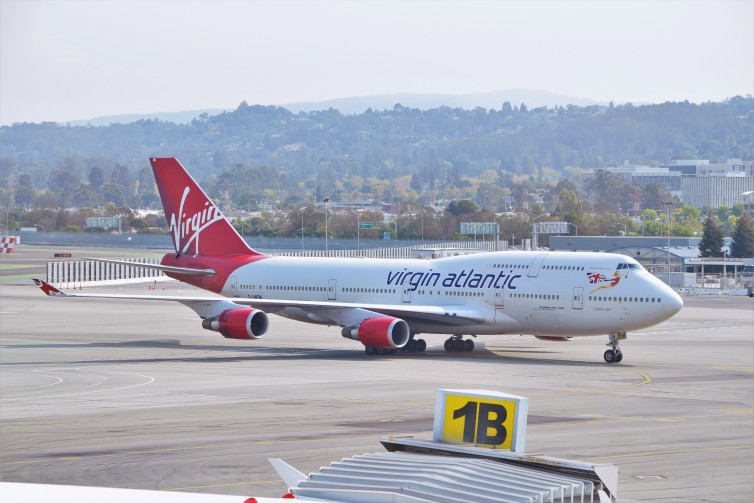
Photo: John Nguyen | AirlineReporter
It has been over 30 years since the first 747-400 took flight — an eternity in the fast-moving aviation world. The Queen of the Skies was still going strong with a few airlines coming into 2020. But there was no doubt that when airlines started retiring planes, the 747-400 would be first in line to go. Four-engine planes are less fuel efficient than dual-engine types like the Boeing 777 or Airbus A350. And most of the 747-400s flying are pretty old. A few airlines like Delta and United had already retired the type (checkout the links for our stories). But this year, a few others joined them thanks to COVID.
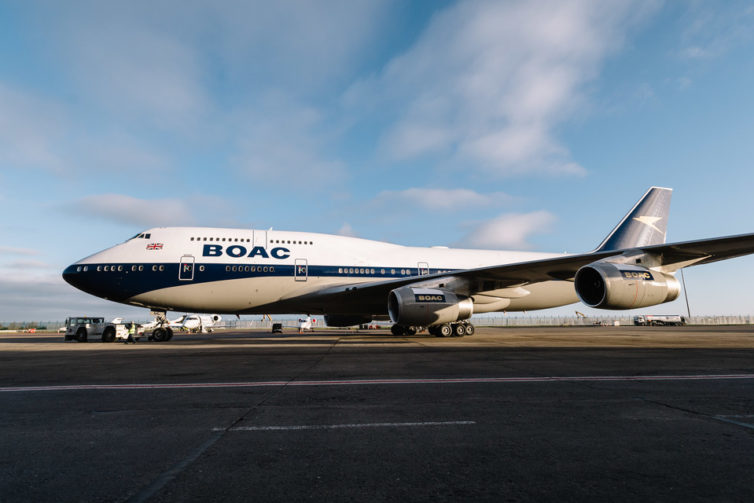
A British Airways 747 in a retro livery – Photo: BA
Let’s send the recently retired 747 fleets of four major airlines — Qantas, BA, Virgin Atlantic, and KLM — off into the sunset in style. Read on for a recap of our favorite stories flying on those airlines’ 747s!
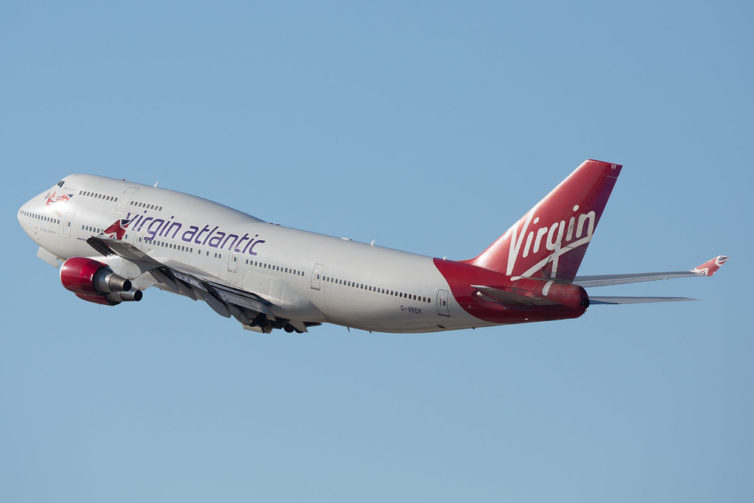
Virgin Atlantic Boeing 747-400 – Photo: Jeremy Dwyer Lindgren | JDLMultimedia
Somewhere in Massachusetts, a mid-’90s family photo album possesses the first photo I ever took of a Boeing 747. It was a Virgin Atlantic bird at Orlando International.
I couldn’t tell you the last time I saw the photo, but I can still recall it clearly twenty-five years later: poorly framed through the window of a Delta 737-200 that I definitely did not appreciate enough at the time; the distinctive Virgin red tail towered over everything else, glowing in the humid, golden-hour Florida air.
While Disney World itself might have been the highlight of going to Disney World for most kids, the airport and the airplanes were the far and away winner for me. I loved every detail that I didn’t hate (turns out younger me found flying absolutely petrifying, but that’s another story).
The curbside chaos at Boston Logan, with barking state troopers and bustling skycaps. The busyness of the terminal, filled with people and the promise of going to new places. All the different airlines and airplanes, many of whom are no longer with us. The smell of the forced air on boarding (gosh I love that smell). Riding that skytrain thing, I don’t know what it’s called, at the airport in Orlando.
It was thrilling to ten year old me.
Yet craning my neck out the window, trying to steal a glimpse of the Virgin 747s after landing ’“ that was always the highlight. Every time.
Saying goodbye to any 747 is hard, but one that is unique, is harder.
Thanks to COVID, the majority of airlines have grounded their four-engine widebody planes. Most A380s, A340s, and 747-8s will see the skies again. But a return to flight isn’t as certain for many 747-400s, which were already long in the tooth.
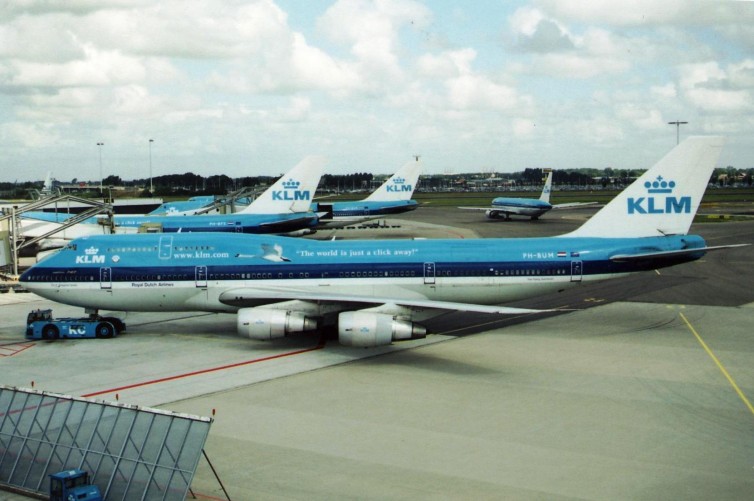
The same KLM Boeing 747-200 now with a Stretched Upper Deck. Taken in August 2003.
The Dutch airline KLM was already working towards a 2021 retirement for its 747-400s, but thanks to COVID the fleet was retired a few weeks ago. And the AvGeek nostalgists that we are, we felt it was a departure worth commemorating. Especially because KLM operated the oddball passenger/freighter hybrid called the Combi, which included a cargo bay in the rear part of the main deck.
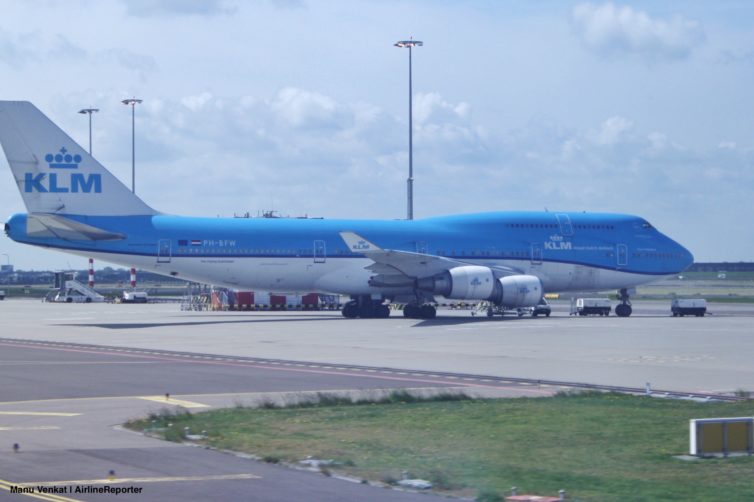
Read on for a quick farewell to the KLM Combi and the rest of its proud 747 fleet.
Update 4/18: It looks like KLM has brought back a small number of 747 Combi flights connecting Amsterdam and a few Asian industrial centers. Not sure how long that will last, but we’re happy the Combi has one final job to do with KLM.
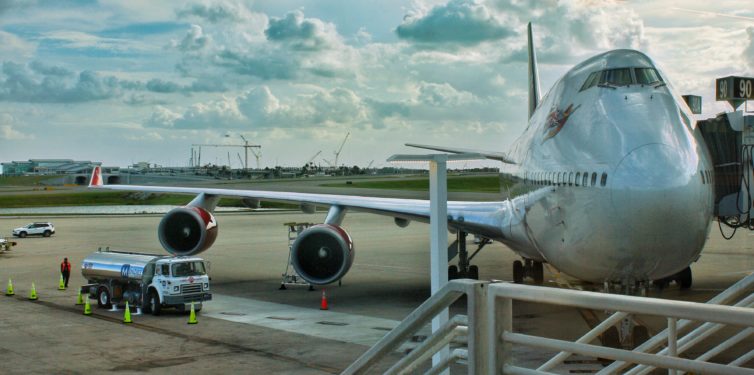
The aviation sector is responsible for roughly two percent of global carbon dioxide emissions. If current trends continue, its share of the total is expected to grow substantially in coming decades. Fortunately, in recent years a number of airlines have made concerted efforts to make flying more environmentally sustainable. Most of the solutions to date have involved biofuels made from plant-based compounds. But Virgin Atlantic took a different approach, partnering with the U.S.-based company LanzaTech that was developing a technology to turn industrial pollution into jet fuel.
On October 2nd, the partnership achieved a major milestone: the first passenger flight powered (in part) by the innovative new fuel. There was plenty of fanfare around the flight, which we were on hand to cover. And though the flight was one incremental step out of many required to make the tech mainstream, it was still a milestone worth celebrating. Read on for our full coverage of the announcement, press conference, and the flight itself — including a surprise appearance by Sir Richard Branson!
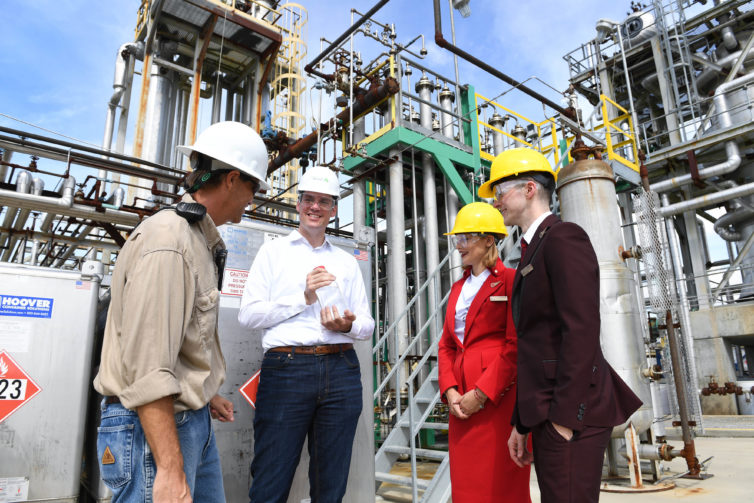
Photo: Doug Peters/PA Wire
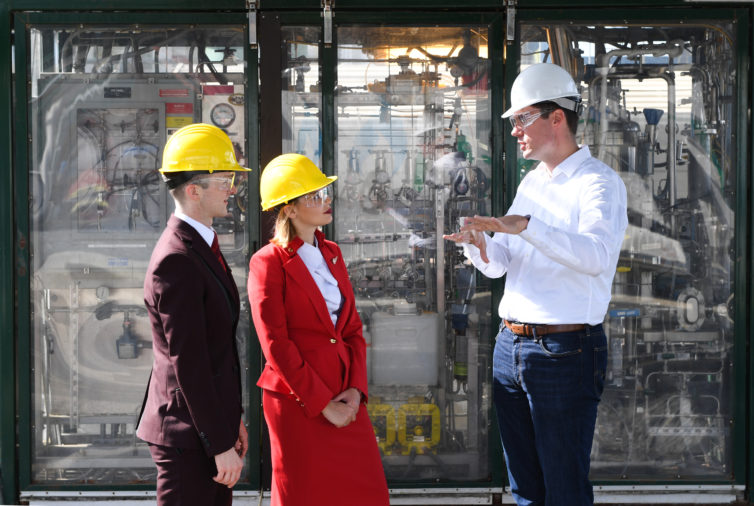
Photo: Doug Peters/PA Wire
It can be hard for the environmentally minded AvGeek to get on a flight without a twinge of guilt, since planes spew tons of carbon dioxide into the atmosphere every minute of every day. Over recent years, the industry has slowly started wising up to the importance of sustainability. We’ve seen some airlines introduce biofuels derived from plant products. But today, the field takes a new leap forward.
The Boeing 747 flying Virgin Atlantic’s flight #16 today from Orlando to London Gatwick will be powered by a unique sustainable jet fuel that’s recycled from carbon-containing waste gases from industries like steel mills. The result is a product that has proven at least as powerful as regular jet fuel but with a significantly lower carbon footprint. The flight is the outcome of a partnership between Virgin Atlantic and LanzaTech, which developed the fuel. Partners like Boeing, Honeywell, GE, fuel suppliers, and the DOE played a significant role as well.
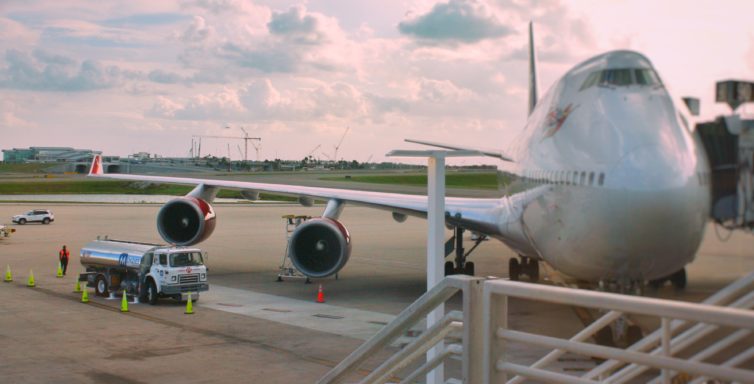
The star of the show. Or stars, if you include the fuel tanker. – Photo: Manu Venkat | AirlineReporter
We’ll be on the inaugural flight and will be back later with a full report. For the time being, check out our Twitter feed for live updates. Here’s to a greener future for aviation!








